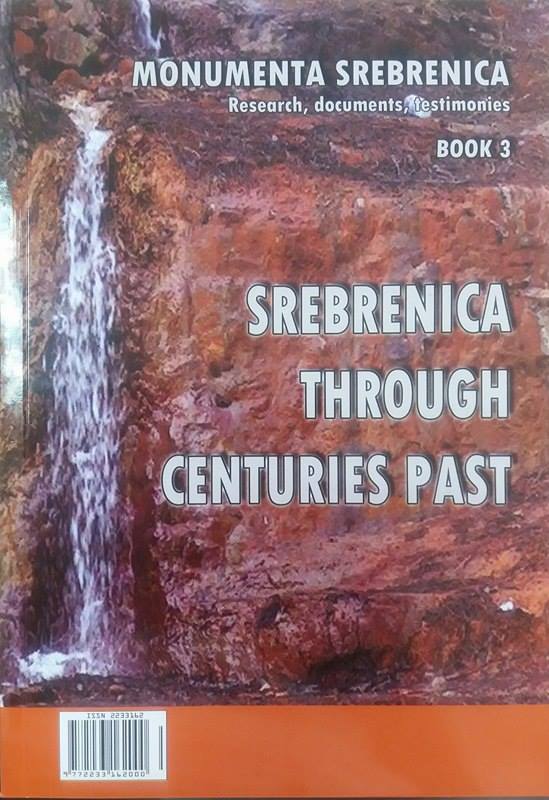Skender Mahala in Srebrenica in the late 19th century
Skender Mahala in Srebrenica in the late 19th century
Author(s): Adib Đozić, Rusmir DjedovićSubject(s): Cultural history, Local History / Microhistory, Rural and urban sociology, 19th Century, Cultural Essay
Published by: JU Zavod za zaštitu i korištenje kulturno-historijskog i prirodnog naslijeđa
Keywords: Srebrenica; Skender Mahala; Hajji Skender’s Mosque and waqf; urbani appearance; families; Efendić; Siručić;
Summary/Abstract: A part of the town of Srebrenica, which was traditionally named mahala (in English: quarter) Skender is one of the oldest urban settlements. It carried urban tradition from the Middle Ages and represented developed urban quarter throguh the Ottoman period. In this paper a detailed analysis of urban characteristics and appearance of the quarter in the late 19th century will be give, i.e. for the period of the Austro-Hungarian governance. Skender Mahala was the biggest quarter in the town of Srebrenica at the time. Obviously, the most important urban building is Hajji Skender’s Mosque, today’s White Mosque. Several dozens of families with special surnames lived in the late 19th century in the quarter. The most numerous were the Efendić and Siručić families. The paper is almost fully based on, in science until now, unused sources and documents
Journal: Monumenta Srebrenica
- Issue Year: 3/2014
- Issue No: 3
- Page Range: 7-39
- Page Count: 33
- Language: English

